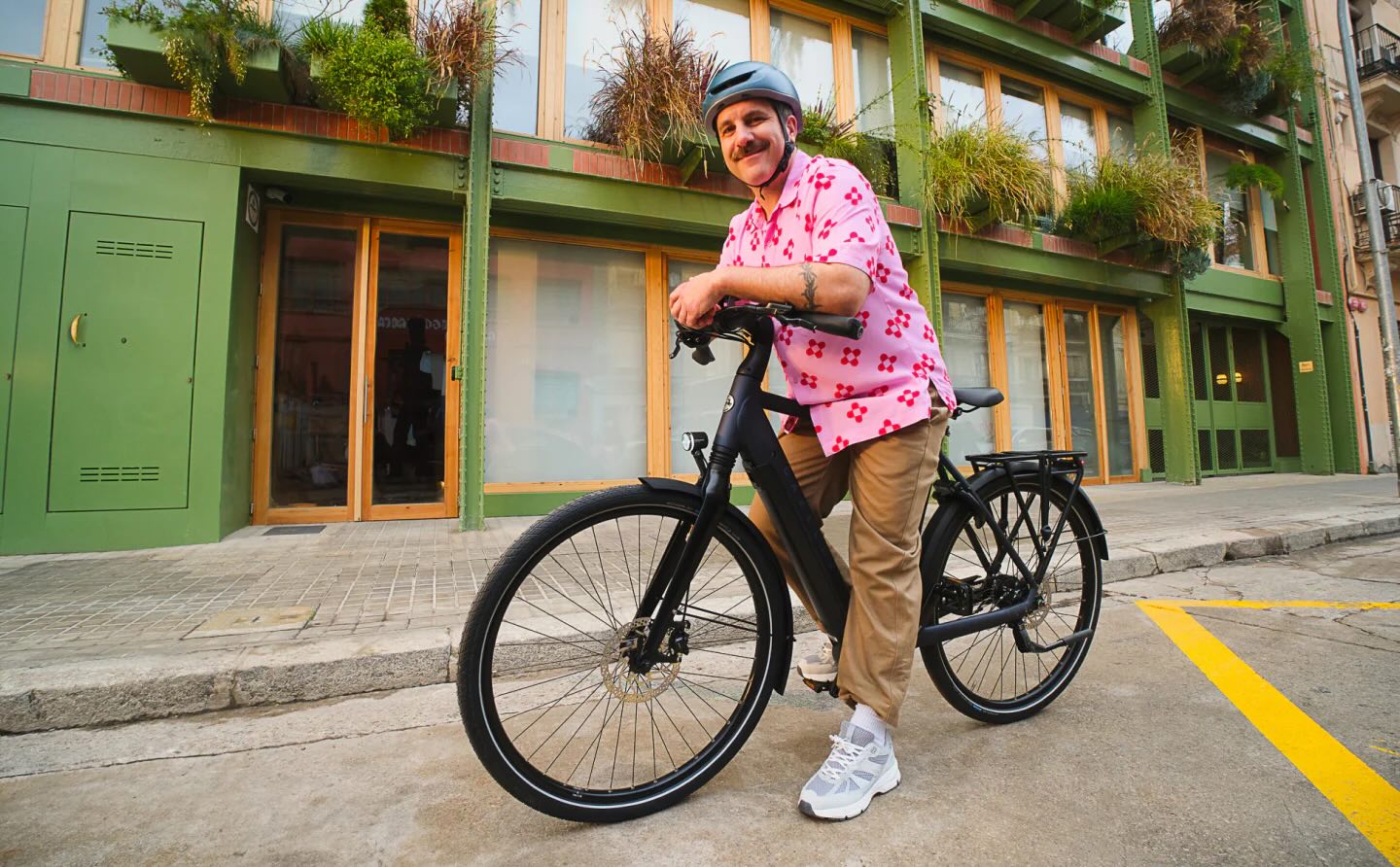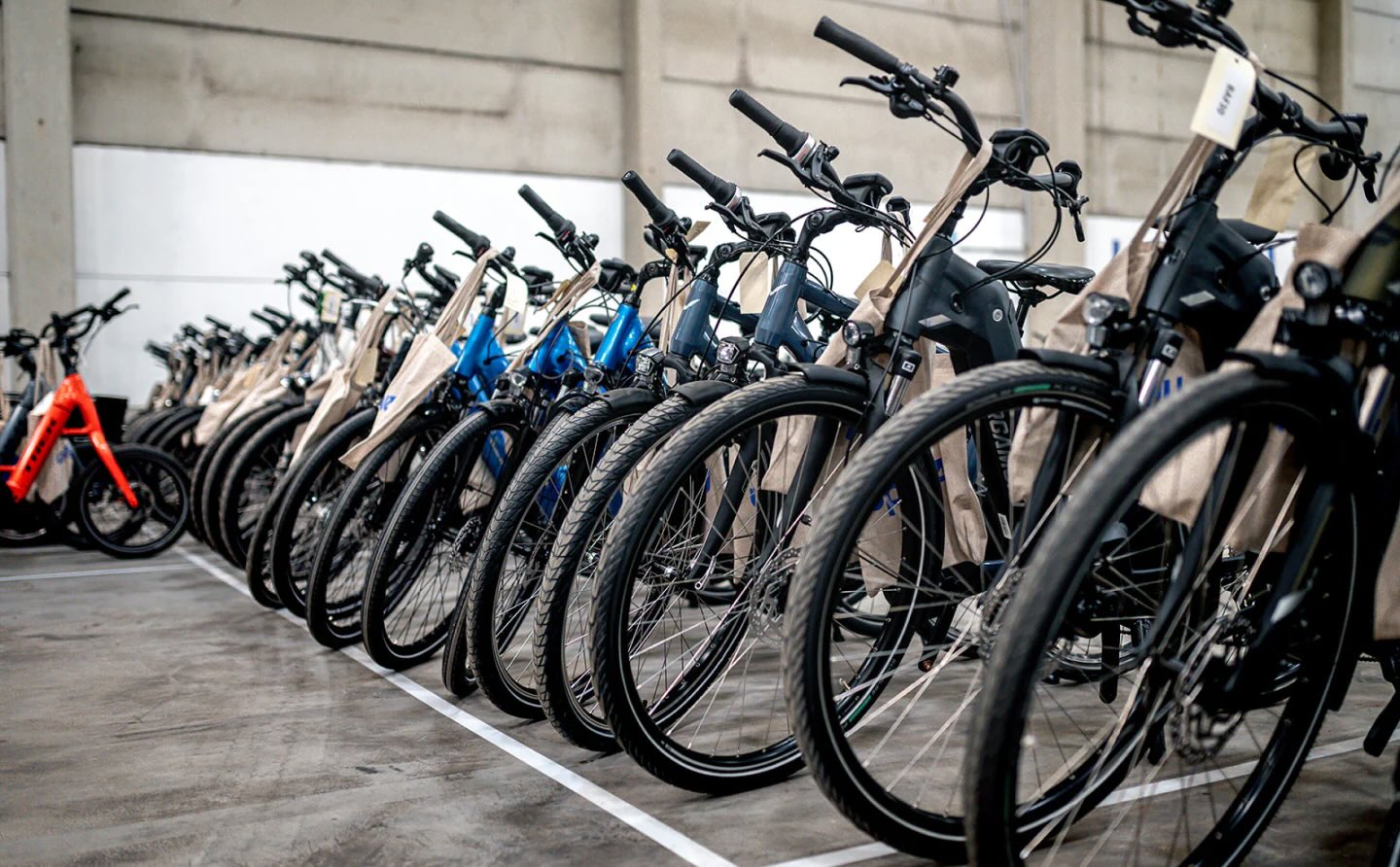Especially following the COVID-19 pandemic, during which social media and online shopping were more popular than ever before, the fast-fashion industry has been shrinking trend cycles and churning out more clothing items than we know what to do with. As we buy more than we need and improperly dispose of the rest, these wasted textiles end up becoming their own form of pollution.
What's happening?
According to the Nature journal, this year's U.N. International Day of Zero Waste brought newfound attention to the way mass-produced textiles — discarded and shipped to Africa, often masquerading as donations — are clogging landfills and waterways across the continent.
It all falls under a practice the journal refers to as "waste colonialism": the tendency by which more developed nations intentionally or unintentionally exploit less developed nations as dumping grounds for waste and overproduced goods.
Why is the rise of fast fashion concerning?
At a perceptible level, the effects of waste buildup are evident in overflowing landfills and choked-up waterways. The unwanted garments — sent to developing countries as soon as a trend cycle comes to its speedy end — break down and seep toxic contaminants into the soil and water, eventually making their way into the materials we ingest.
Fast fashion wreaks more environmental havoc than we can plainly see. The apparel industry, from production to shipping to disposal, already contributes close to 8% of the world's carbon pollution, per the World Resources Institute. As fast fashion continues to alter and potentially even replace the way we see clothing and fashion as a whole, the amount of pollution is bound to climb.
After all, carbon pollution is the leading cause of our planet's rising temperatures, which leads to further complications, such as supercharged extreme weather events and food and water scarcities. As a result, to avert environmental disaster, keeping pollution of all kinds to a minimum is of the essence.
Save $10,000 on solar panels without even sharing your phone number Want to go solar but not sure who to trust? EnergySage has your back with free and transparent quotes from fully vetted providers that can help you save as much as $10k on installation. To get started, just answer a few questions about your home — no phone number required. Within a day or two, EnergySage will email you the best local options for your needs, and their expert advisers can help you compare quotes and pick a winner. |
What's being done about fast fashion?
To address the fast-fashion problem, we need to dismantle its economic roots. According to the United Nations Environment Programme (UNEP), our production and consumption patterns are largely to blame, so most long-term solutions would involve "keeping clothes in use longer and shifting to more sustainable business models."
"We need solutions that offer compensation," UNEP's Elisa Tonda noted.
Meanwhile, establishing better waste regulations at an international scale can help ensure no one region bears the brunt of another's environmentally unfriendly choices.
For your part, you can help break your clothing consumption habits by shopping secondhand and donating your old clothing locally. By choosing thrifting over fast fashion, you're likely to come upon some unique and unexpected finds while saving money on quality products.
|
Which of these factors would most effectively motivate you to recycle old clothes and electronics?
Click your choice to see results and speak your mind. |
Join our free newsletter for good news and useful tips, and don't miss this cool list of easy ways to help yourself while helping the planet.















